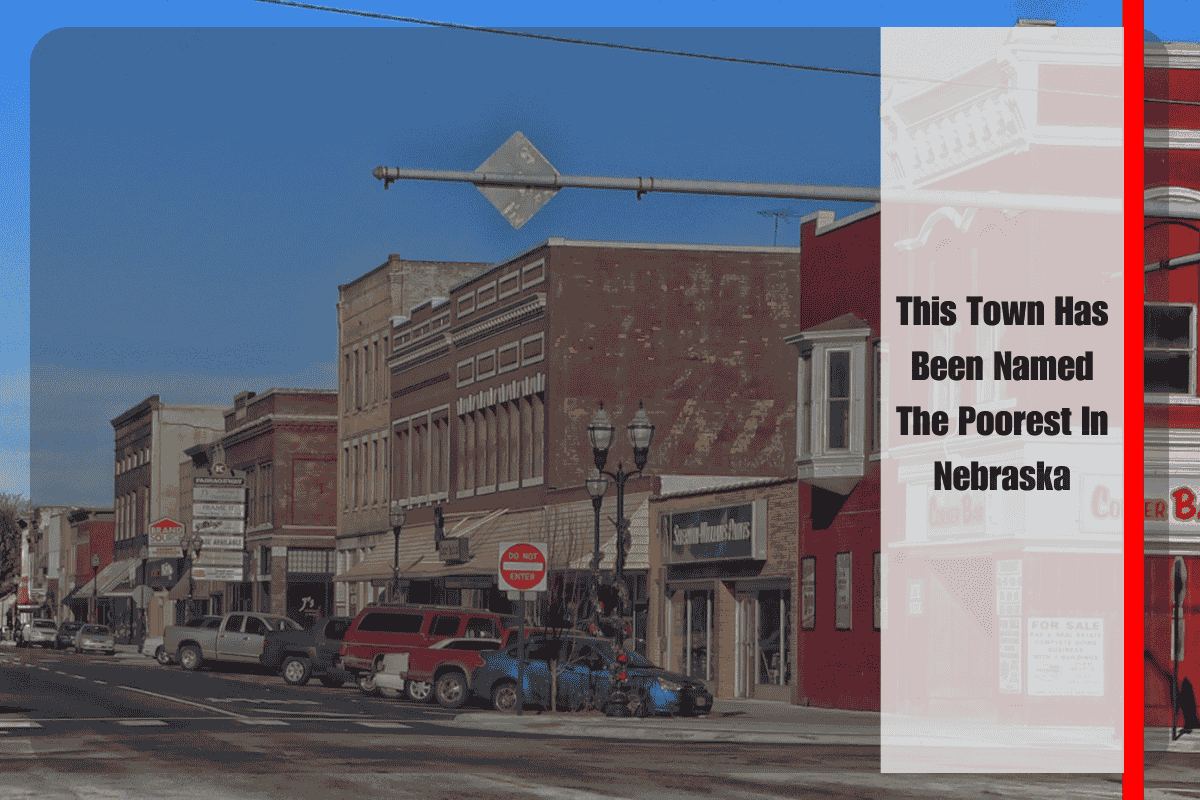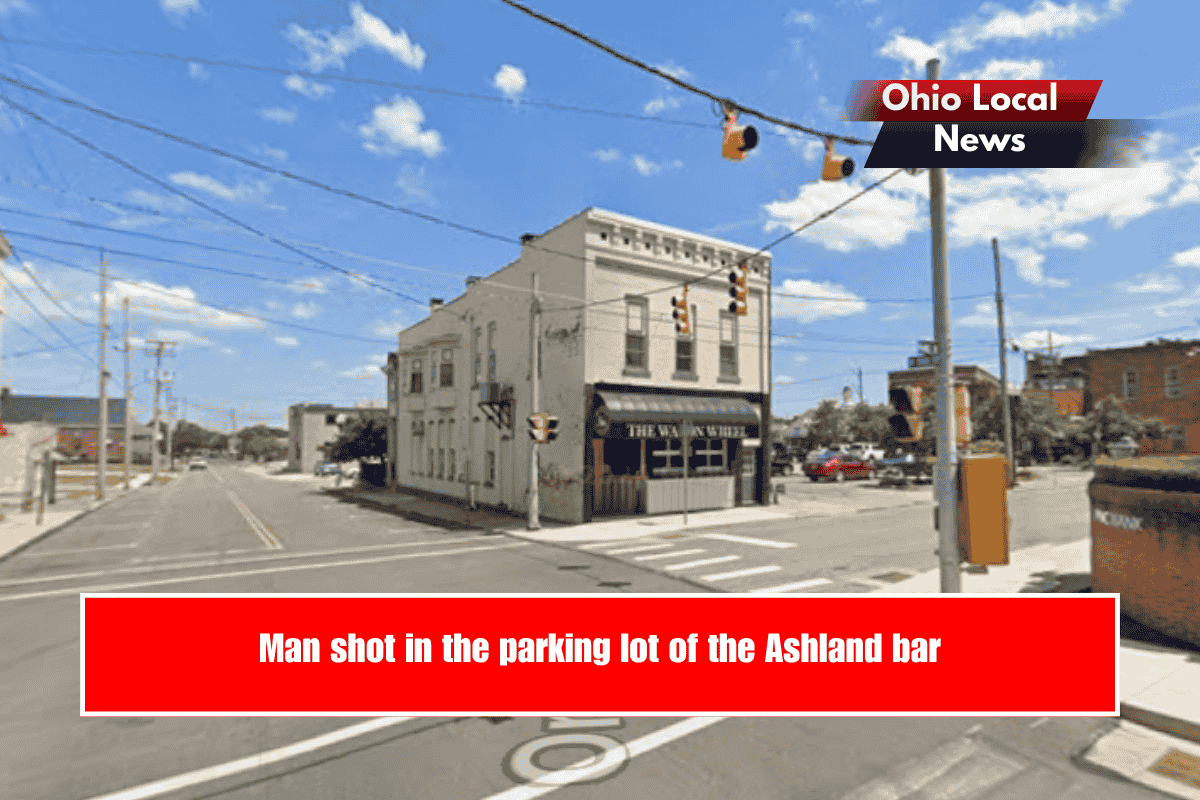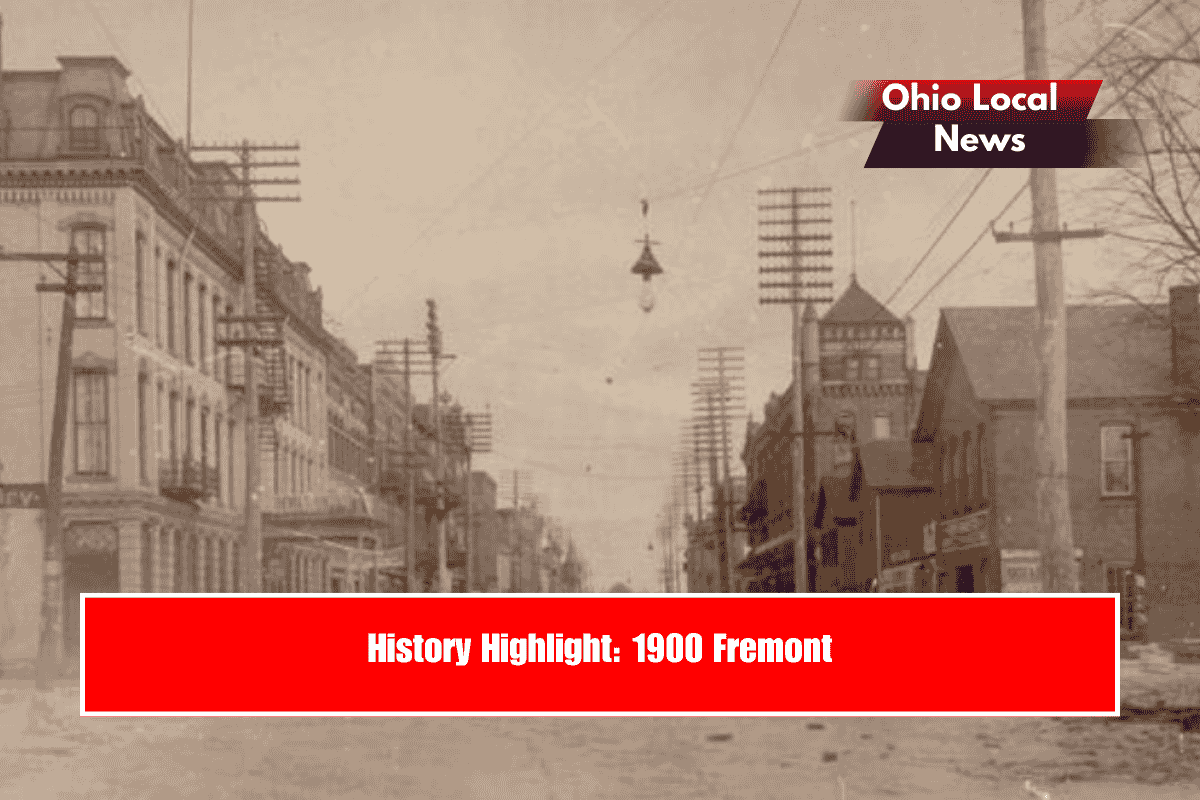The town named the poorest in Nebraska in 2025 is Falls City. Falls City, located in Richardson County, has a population of about 4,130 people. The median household income in Falls City is $37,712 per year, which is significantly lower than Nebraska’s state median household income of $66,644. Approximately 10.3% of households in Falls City receive government aid, highlighting the financial struggle within the community.
Falls City’s economic challenges reflect broader trends impacting many small towns: lower incomes compared to state averages and a reliance on assistance to make ends meet. These factors have led to it being identified as the poorest town in Nebraska according to data compiled by 24/7 Wall St. based on U.S. Census Bureau’s 2021 American Community Survey estimates.
In contrast, Humboldt, another small rural town in southeastern Nebraska with around 1,000 residents, has also been referenced as facing significant economic hardships. Humboldt’s economic struggles are linked to the decline of traditional industries like farming, which has reduced local employment opportunities. Younger residents often leave in search of better prospects elsewhere, perpetuating economic decline in the town. The average household income in Humboldt is well below the state average, leading to higher poverty levels. Efforts to revitalize Humboldt include local initiatives to attract businesses and improve education, healthcare, and infrastructure, though progress is expected to take time.
Fremont, another Nebraska city mentioned, holds the title of the poorest city with a population over 25,000, with a median household income of $54,000, below the state typical income of $63,000.
Falls City stands as the poorest town in Nebraska based on median household income and poverty rates, while Humboldt and Fremont also represent economic challenges in the state. These towns illustrate the economic struggles of smaller and rural communities in Nebraska, where declining traditional industries, lower wages, and population shifts create ongoing hardships, despite efforts for improvement and revitalization.












